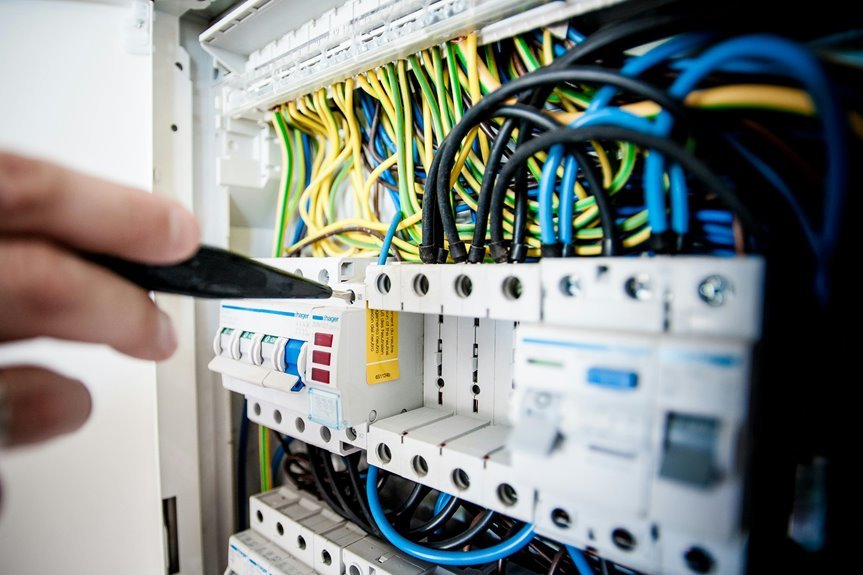
Network Latency Evaluation Service Quality Insights 2394164993 8185847502 7572189175 3761850729 5208129519 9096660674
Just as a master craftsman inspects every tool for precision, evaluating network latency is essential for understanding service quality. By focusing on metrics tied to numerical identifiers like 2394164993 and 8185847502, you can uncover insights into user experience. This analysis not only highlights existing issues but also reveals opportunities for optimization. What strategies can you implement to enhance performance and ensure consistent access for users? The answers may redefine your approach to service delivery.
Understanding Network Latency and Its Impact on User Experience
As you navigate the digital landscape, understanding network latency becomes crucial, since it directly affects your overall user experience.
High latency can lead to delays, impacting network performance and frustrating users.
Recognizing the relationship between latency and user interactions helps you identify bottlenecks, enabling you to optimize your systems.
Key Metrics for Evaluating Service Quality
While evaluating service quality, it’s essential to focus on key metrics that provide a clear picture of performance.
You should assess service reliability, measuring uptime and downtime to ensure consistent access.
Additionally, establish performance benchmarks to gauge latency, throughput, and response times.
These metrics will help you identify areas for improvement and ensure that you meet user expectations effectively.
Analyzing Numerical Identifiers and Their Relevance to Latency
Understanding numerical identifiers, such as IP addresses and session IDs, is crucial for analyzing network latency effectively.
Their identifier significance lies in how they facilitate numerical analysis, allowing you to pinpoint latency issues across networks.
Strategies for Reducing Latency and Enhancing Performance
Identifying numerical identifiers helps in recognizing latency bottlenecks, but implementing effective strategies to reduce latency is where the real impact lies.
Focus on latency optimization techniques such as edge computing, content delivery networks, and protocol enhancements.
Regularly monitor network performance metrics to identify issues promptly.
These measures will drive significant performance enhancement, ensuring you maintain a smooth and responsive user experience.
Conclusion
In the fast-paced digital landscape, understanding network latency is like tuning a finely crafted instrument; even the slightest adjustment can enhance the symphony of user experience. By consistently monitoring key metrics and analyzing numerical identifiers, you can uncover hidden latency issues. Implementing strategies like edge computing and content delivery networks is your ticket to a seamless, responsive service. Embrace this journey towards optimization, and watch as your users’ satisfaction grows, creating a loyal audience that keeps coming back for an encore.



